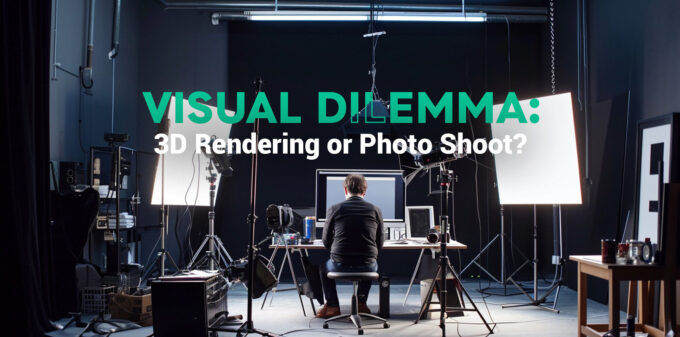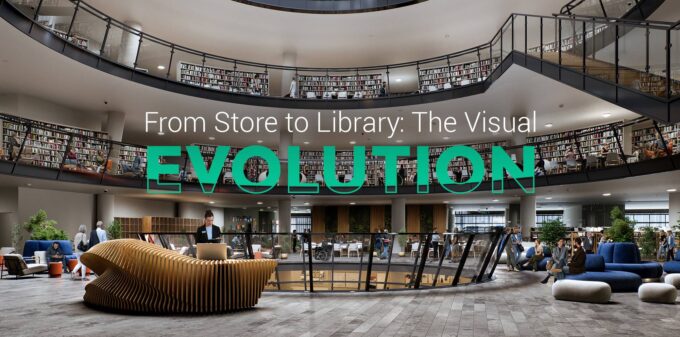
The Art of Storytelling in 3D rendering: Part 1
In today’s technology-driven world, modes of communication are undergoing a transformation. With the market currently oversaturated, companies face challenges in capturing attention for their products or services. Traditional media such as promotional brochures, catalogs or simple visualizations do not do a full job of presentation.
Potential clients seek comprehensive information, expecting products to address their specific needs. The key to distinguishing oneself lies in establishing an emotional connection. This article explores the synergy of 3D rendering and brand storytelling, illustrating how businesses can leverage this technology to create compelling and effective narratives that surpass conventional engagement.
What is 3D Storytelling and How Does It Work?
Storytelling is the art of conveying a narrative, using words, images, or other mediums to captivate an audience and communicate a message. In the realm of 3D rendering, storytelling takes on a visually immersive form, where each element contributes to a broader story. Unlike a mere presentation of technical details, storytelling in 3D involves crafting a visual narrative that goes beyond the surface, conveying concepts, emotions, and even values.
In 3D rendering, storytelling becomes a method of constructing a meaningful and engaging tale through visual elements. Every detail, from colors to compositions, serves as an integral part of the narrative that the client wishes to convey. It transforms the process of creating images into building virtual worlds, where viewers can immerse themselves in a compelling story.
In essence, 3D storytelling transforms static visualizations into dynamic and meaningful pieces of narrative art, allowing each rendering to be not just an image but a vital component of a more profound and significant storytelling experience.
Each client seeking 3D visualization services has a unique vision. Whether an architect, interior designer, or product creator, they all have a distinct concept of how they envision the future building or design and how they want to present it to their audience. The mission of a 3D studio is not merely to hear the client but, through technical tools, to narrate this vision in a way that resonates with the target audience.
Advantages of Storytelling Integration in 3D renderings:
-
Emotional Resonance:
The incorporation of storytelling in 3D visualizations adds a layer of emotional depth, resonating with clients on a personal level. Beyond showcasing designs, it communicates a narrative that connects with the client’s vision and aspirations.
-
Distinctive Visual Narratives:
Storytelling enhances 3D visuals, making them stand out. Combining photorealistic renderings with narrative techniques creates unique and compelling presentations, helping clients distinguish themselves in their industries.
-
Authentic Representation of Ideas:
Integrating storytelling into 3D visuals enables clients to authentically present their ideas. This authenticity fosters trust and ensures alignment between the final design and the client’s conceptualization.
-
Memorability:
The synergy of storytelling and 3D visualizations results in an immersive experience that enhances the recall of renderings. Interesting and distinctive details enhance the memorability of the visual presentation, ensuring clients remember and engage with the content.
-
Client Advocacy:
When your clients love the 3D stories you show, they don’t keep it to themselves – they become your biggest fans. These happy clients turn into promoters, excitedly sharing their positive experiences. Your impressive 3D visuals don’t just make satisfied customers; they turn them into active advocates, proudly endorsing your brand to everyone they know.
The art of storytelling becomes a necessary element for a project to attain success, transforming it from a mere visualization into a captivating and meaningful experience for the audience.
We hope our article has shed light on the concept of storytelling in 3D rendering and emphasized the importance of ensuring that the work of 3D artists carries such a narrative. This topic is truly expansive, so we have prepared another article for you on this subject – stay tuned for the continuation.
In the meantime, feel free to contact us for a free consultation. We look forward to helping you with top-notch visualizations.






